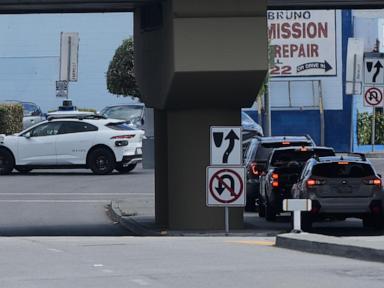Police in Northern California found themselves in an unusual predicament when they pulled over a driverless Waymo taxi after it executed an illegal U-turn. Despite the violation, no citation could be issued, highlighting new challenges in regulating autonomous vehicles.
California police pull over a self-driving Waymo for an illegal U-turn, but they can’t ticket

Key Takeaways:
- Police stepped in after a self-driving Waymo taxi performed an illegal U-turn
- No human driver was present to receive a citation
- The incident reflects ongoing questions about how to enforce traffic laws on autonomous vehicles
- The event took place in Northern California, an early adopter of self-driving technology
- The story was sourced from Abc News, published on September 30, 2025
Context of Self-Driving Taxis
Self-driving technology has become increasingly common in various parts of the United States, especially in Northern California. Waymo, an autonomous vehicle company, has deployed taxis that operate without a human driver at the wheel. This cutting-edge development promises more efficient transportation but also poses new questions about how to address potential traffic violations.
The Traffic Stop Incident
In this notable case, police officers noticed the car making an illegal U-turn on a Northern California road. According to the available details from Abc News, the Waymo taxi was operating without a human driver. Officers stopped the vehicle, presumably to address the traffic infraction in the same way they would with a traditional driver.
The Legal Challenge
Despite observing what they believed to be a standard moving violation, officers encountered an unexpected hitch: there was no licensed driver to ticket. Questions quickly arose about how to assign responsibility when a computer, rather than a human, is guiding the vehicle. The inability to issue a citation underscores a broader question—who or what is truly accountable when these cars commit a traffic violation?
Implications for the Future
Although details on law enforcement’s subsequent actions remain limited, this incident draws attention to the evolving legal framework needed for self-driving technology. As autonomous vehicles become more prominent, lawmakers, tech companies, and police departments alike will likely need to collaborate to ensure public safety while addressing new legal and logistical hurdles.











